
Flowering in the coldest months may seem counter- intuitive, but from a plant’s perspective, there is a distinct advantage – a lack of competition. Flo Whitaker picks six of the best winter- scented shrubs
Winter flowers are typically diminutive and have exquisite jewel-like auras that blousy summer blooms lack. These small wonders are perfectly evolved to cope with bad weather. Their blooms often have waxy coatings to make them frost, wind and rain-resistant and many are sweet-scented to attract intrepid foraging/pollinating creatures.
Daphne is the queen of winter- flowering shrubs. Alas, she also comes with a regal price tag. This is due to the daphne family’s imperious nature; they are difficult to propagate, relatively slow-growing and their deep roots dislike the confines of a flowerpot. However, given a sheltered, lightly shaded border offering well- drained, humus-rich soil, they’ll thrive. With yuletide fast approaching, a letter to Father Christmas could be a useful strategy?
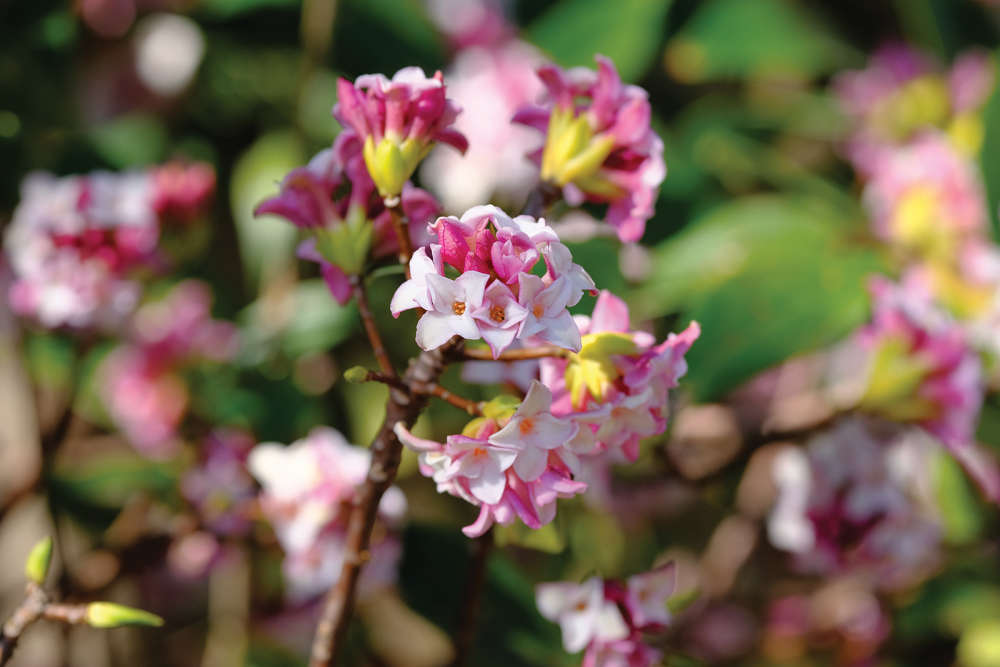
Chimonanthus, (Wintersweet) carries yellow-ish/white flowers on bare stems during January and February. Its incredible scent will waft over a large area – you’ll smell it before you see it. Wintersweet is best grown in a brightly- lit spot, where sunshine can warm up the blooms for maximum perfume.
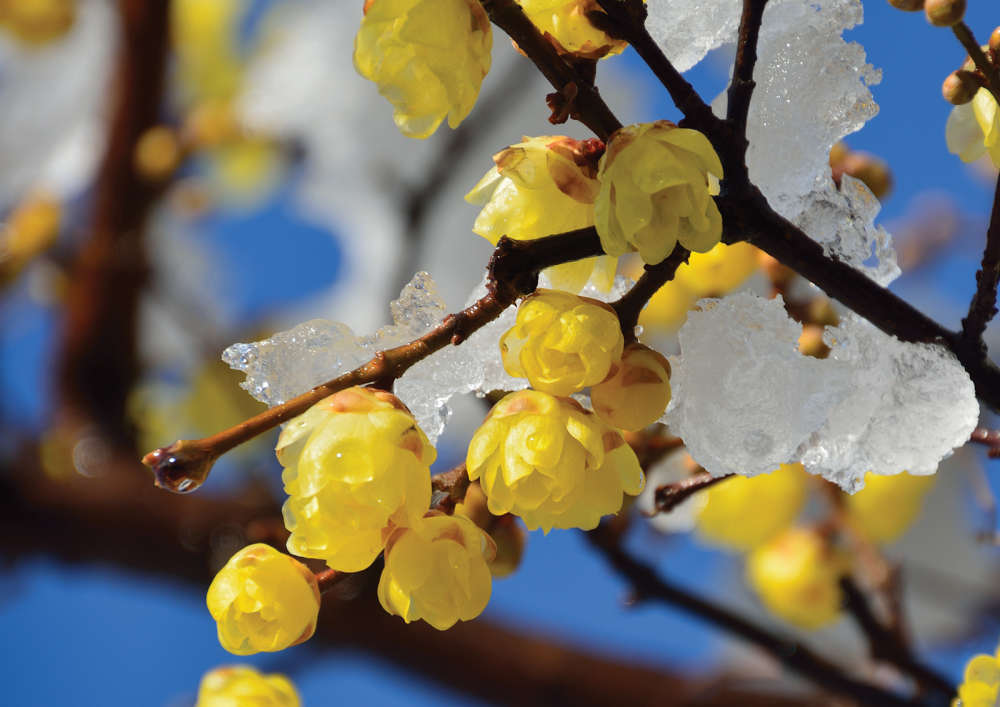
The enormous viburnum family offers plants for interest throughout the year, including some winter-scented characters, although their ‘perfume’ is a rather divisive topic. Some folk sniff viburnums and say “Mmm – lovely!”, while others grimace and declare “Eww – tom cat!”. Scent is so subjective. Let your nose be your guide – sniff before you buy ...
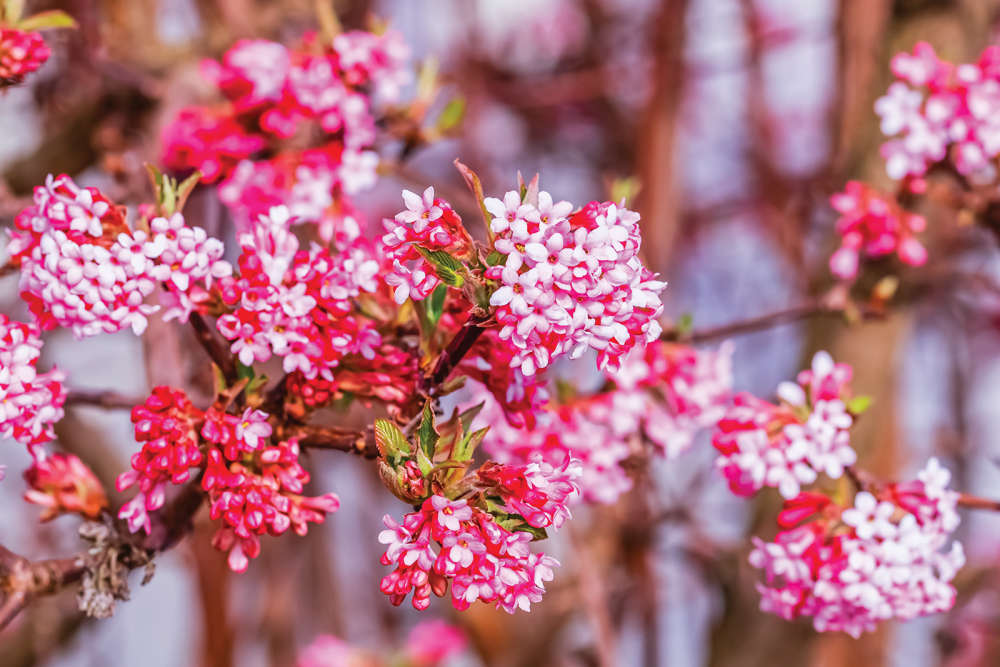
The glossy, evergreen foliage of sarcococca, (Christmas Box) looks good all year, but it really pulls out the stops in winter/early spring with tiny pure white flowers. It can be (gently) clipped to make a low-ish shrub, making it ideal for the edge of a path, so you can enjoy the fragrance as you walk by. Sarcococca copes with almost any location, including dry shade.
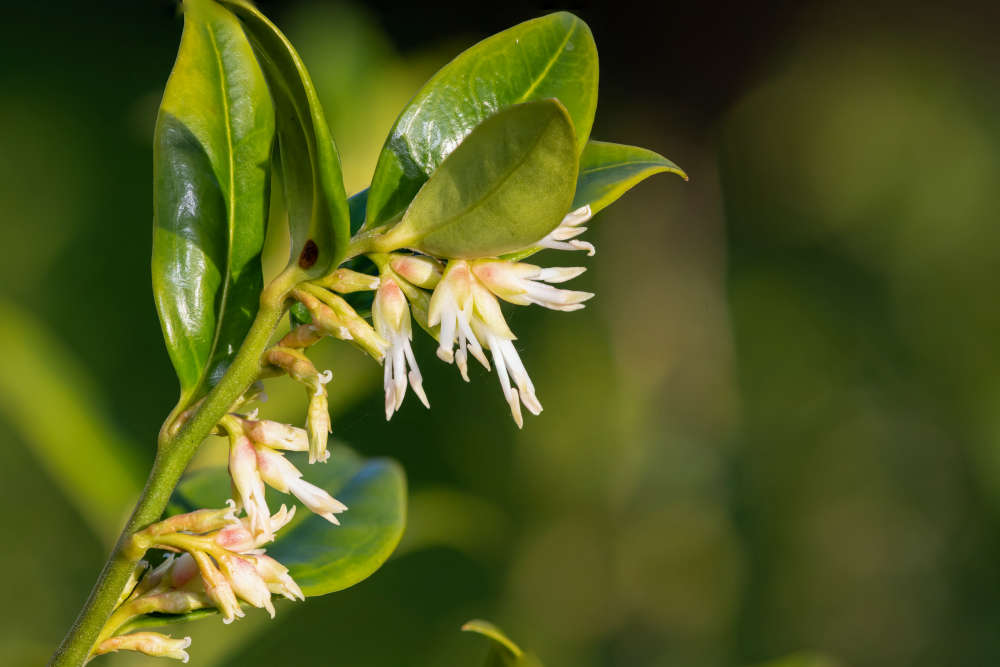
The fragile-looking petals of Witch Hazel, (Hamamelis) are deceptively robust. Encased in frost, they’ll spring back into life – and glorious scent within minutes of thawing. Witch Hazels are such obliging plants, even their flowers are helpfully colour- coded. Varieties in shades of yellow emit a lemony/citrus scent, whereas those with red/ mahogany blooms have a spicy perfume redolent of cinnamon and nutmeg.

We mostly associate honeysuckle, (Lonicera) with summer, but there are winter performers too. Semi-evergreen in habit; they shed some foliage in autumn and make new leaves in spring. This trait, combined with the haphazard growth attitude of the honeysuckle family, is guaranteed to drive neat and tidy gardeners mad.
Admittedly, an unstructured, multi-stemmed bush, with leaves half on/half off is not pretty, but never mind about that – purchase a Lonicera fragrantissima today! It’ll flower sporadically from November to February, so you can always find a couple of sprigs for a vase. Just a few tiny flowers will scent a room; bringing hope and cheer at the darkest time of year.


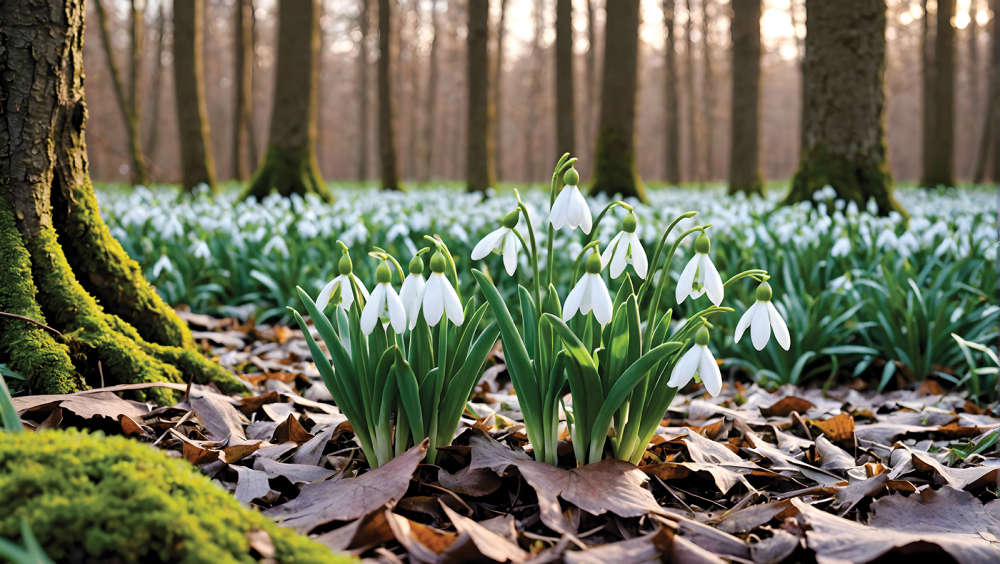 Blooming Times: Harbingers of Spring
Blooming Times: Harbingers of Spring
 Homes Extra: Home Sanctuary
Homes Extra: Home Sanctuary
 Home Style: Ancient & Modern
Home Style: Ancient & Modern
 Blooming Times: Happy Faces
Blooming Times: Happy Faces
 Blooming Times: Winter Sparklers
Blooming Times: Winter Sparklers
 Homes Extra: Restore, Repair, Recycle
Homes Extra: Restore, Repair, Recycle
 Home Style: A Scandi Winter's Tale
Home Style: A Scandi Winter's Tale
 Home Style: Bold, Brave & Beautiful
Home Style: Bold, Brave & Beautiful
 Blooming Times: The Answer Lies in the Soil
Blooming Times: The Answer Lies in the Soil
 Blooming Times: Heavenly Hyacinths
Blooming Times: Heavenly Hyacinths
 Legendary Builds with Phoenix Construction Services
Legendary Builds with Phoenix Construction Services
 Blooming Times: Know Your Enemy
Blooming Times: Know Your Enemy
 Bespoke Dreams from Eridge Green Kitchens
Bespoke Dreams from Eridge Green Kitchens
 10 Hot Years: iFit Fires & Flues
10 Hot Years: iFit Fires & Flues
 Home Style: Bold Type
Home Style: Bold Type
 Blooming Times: The Sky's the Limit
Blooming Times: The Sky's the Limit
 Home Style: A Better Way of Life
Home Style: A Better Way of Life
 Homes Extra: Shed Space
Homes Extra: Shed Space
 Blooming Times: Top of the Pots
Blooming Times: Top of the Pots
 Kids Zone: Get the Kids Growing
Kids Zone: Get the Kids Growing